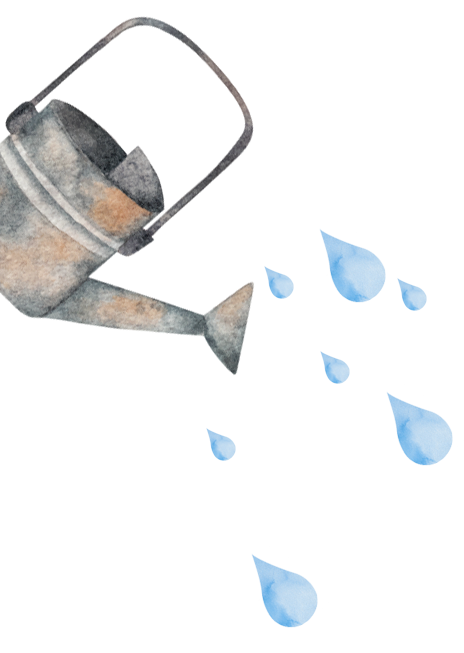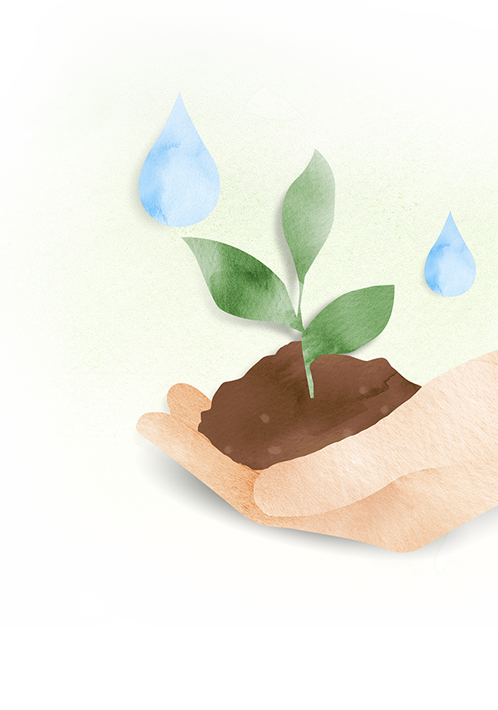
Curriculum Objectives
Designed according to students’ abilities and needs, the Mathematics subject allows them to learn about observation, analysis, understanding and judgment, to establish a comprehensive and solid foundation in Mathematics so that they can apply the knowledge acquired to meet the needs for mathematics and solve real-life problems in the various aspects of daily living.
Study Scope
|
The subject covers three study areas during the junior primary to junior secondary learning stages: |
The subject covers three study areas during the senior secondary learning stage: |
|
|
|


(1)
Cooperate with the Music Department to organize a Christmas co-curricular activity across subjects, with the theme of "Musical Counter", bringing out different learning elements of Mathematics and Music through a variety of creative music activities, and allowing students in different classes to increase communication , communication and interaction, students can independently express their favorite Christmas music and choose instruments to perform ensemble activities with classmates, thereby increasing students' opportunities for expression, communication and interaction.
Through activities, in addition to allowing students to enjoy music, they can also learn counting, color matching, one-to-one correspondence, etc. During the activity, with opportunities deliberately created by teachers, students can communicate in different ways, such as raising hands, drawing cards, etc.
(2)
Cooperated with the Visual Arts Department to organize a co-curricular activity with the theme of "STEAM Volcano Eruption" to arouse students' interest in science through "hands-on activities". Students conducted joint STEAM science experiments and added elements of mathematics and visual arts to enhance students' Collaboration and communication skills. Students can not only experience scientific experiment activities, but also understand the scientific phenomenon of volcanic eruptions, as well as learn about clay creation, different colors, quantities, etc.
%E5%AD%B8%E7%94%9F%E4%BB%A5%E7%86%92%E5%B9%95%E9%8F%A1%E5%AD%90%E5%AD%B8%E7%94%9F%E7%B6%A0Student%20uses%20screen%20to%20mirror%20student%20green.jpg)
Student uses screen to mirror student green
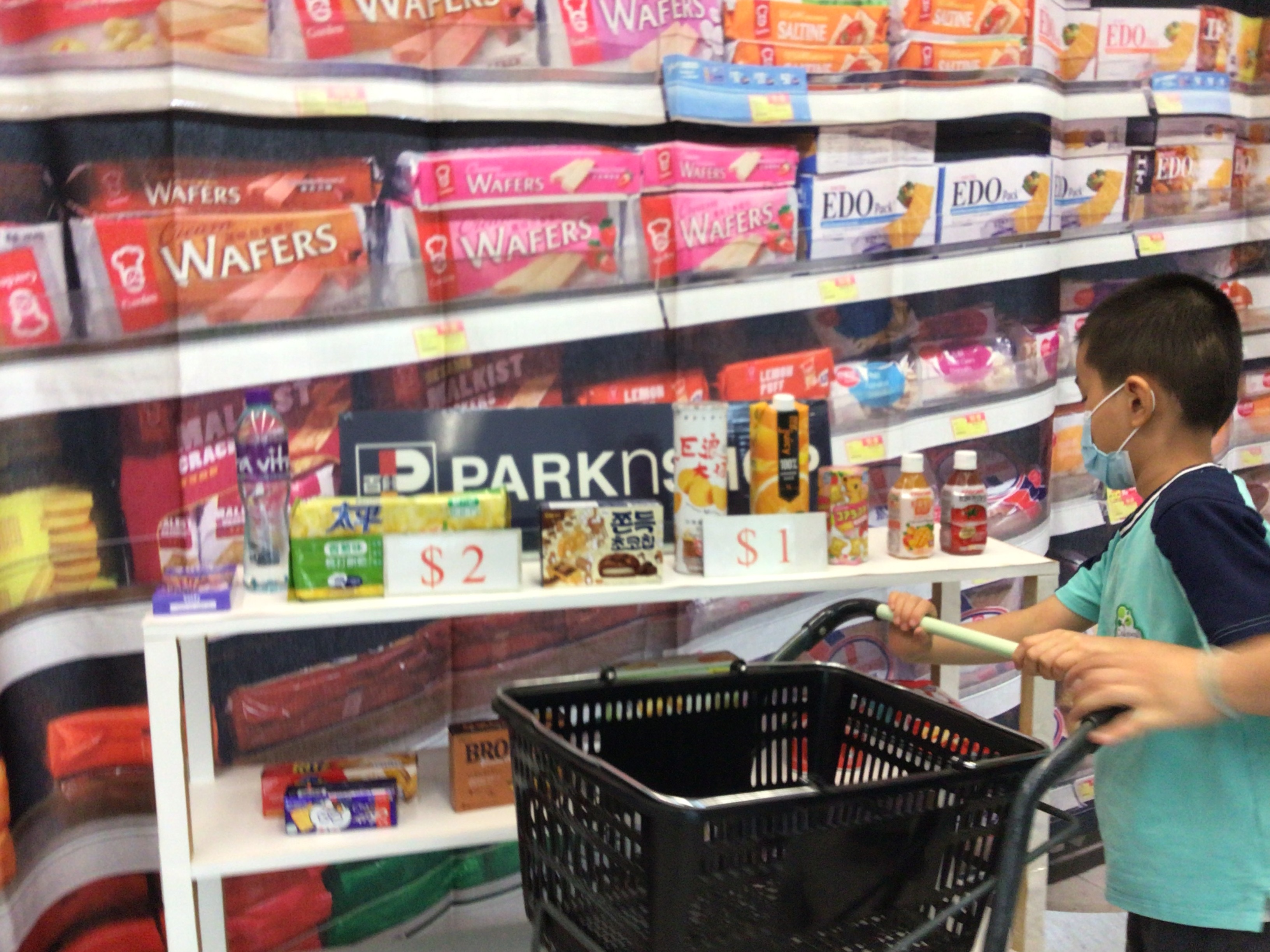
Use super market curtains to let students shop and learn about price tags
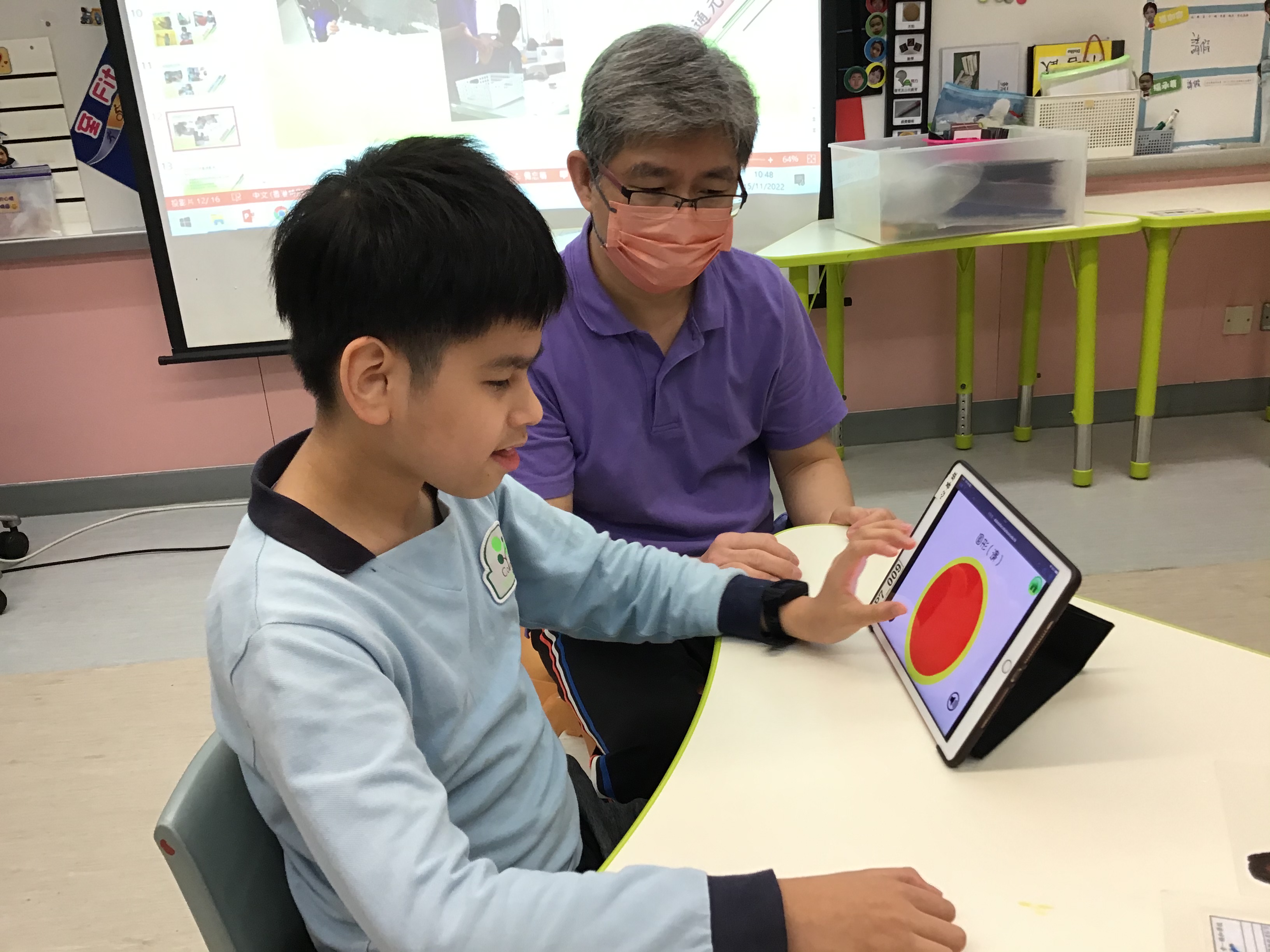
Students use e-books to learn graphics
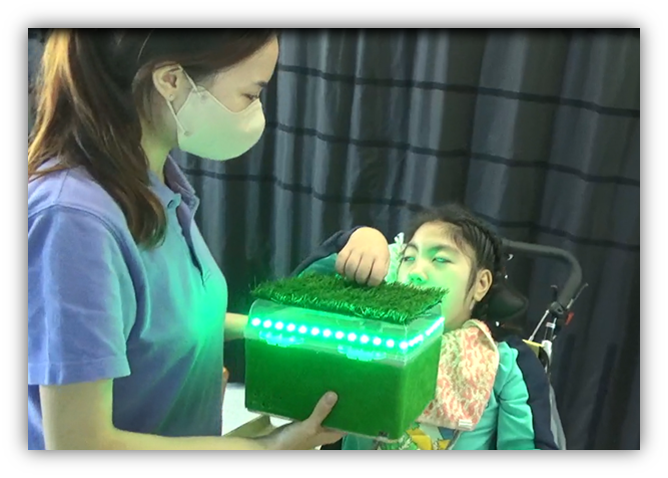
Students use smart lawn to learn green
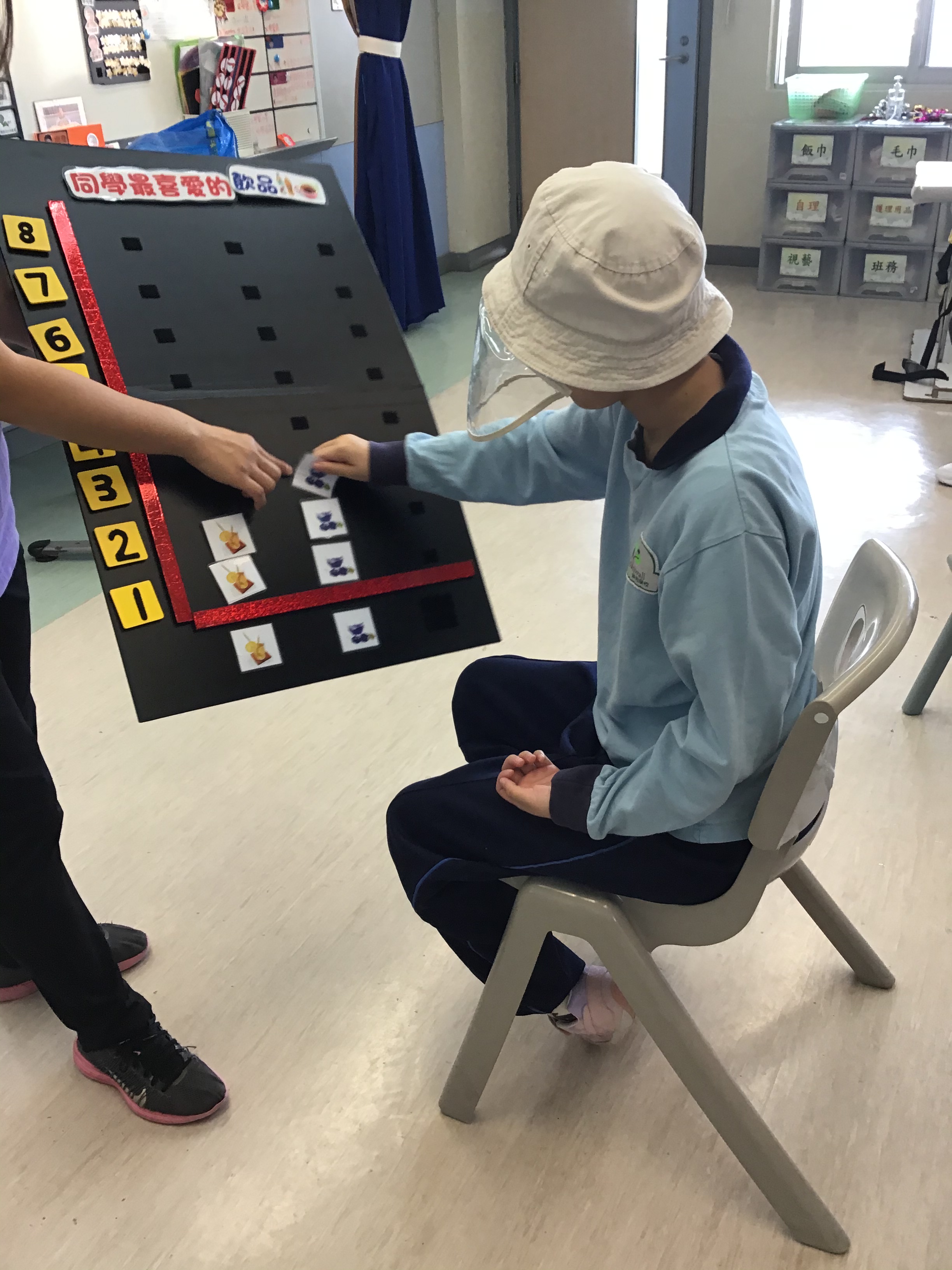
Students use statistical charts to make statistics
